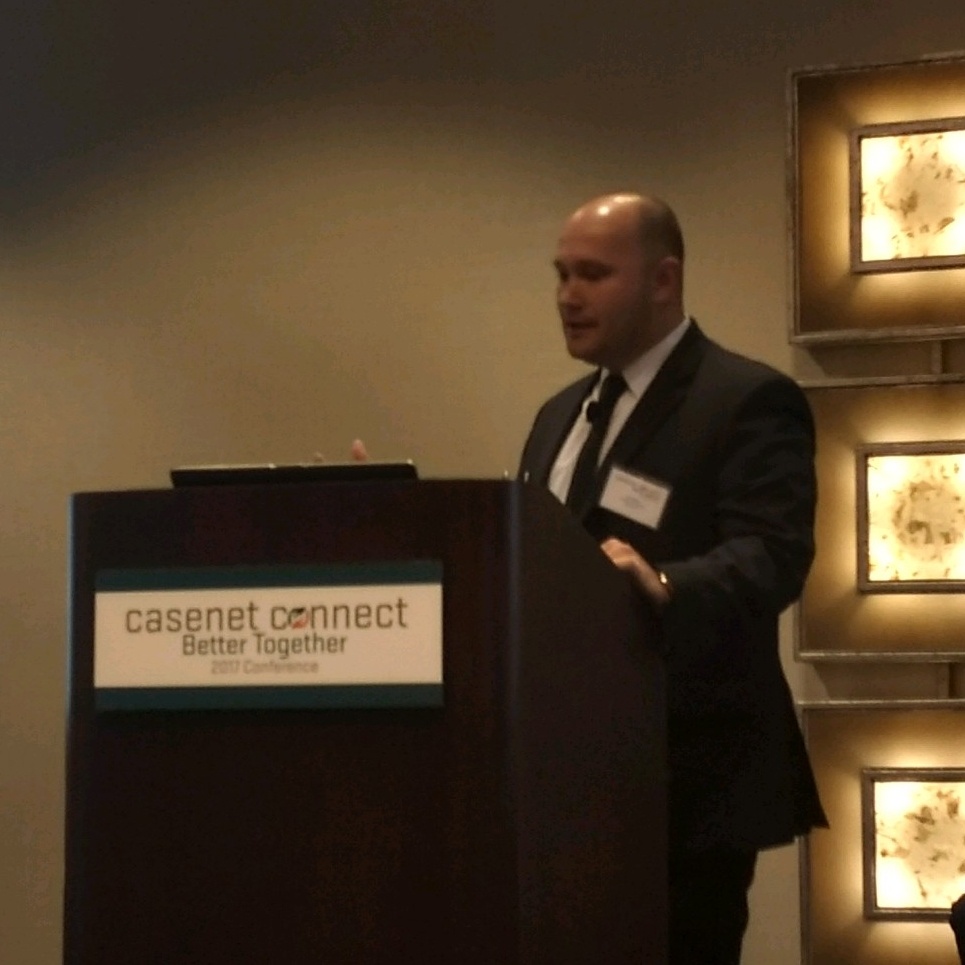From a strictly technical standpoint, establishing a data-sharing connection between Paramount, a health insurance company and its primary care physician practices could have been executed in a short period of time. The real challenge of interoperability, however, was determining the right data to share—an arduous task that required not just technical expertise but considerable input from subject matter experts. In this case, investing the time to get it right was the difference between generating yet another unused data report and designing a game-changing population health strategy.
Jay Taylor

Recent Posts
For the case managers at South Country Health Alliance, a county-based health plan serving 12 Minnesota counties, locating members in transition was proving to be a stumbling block to facilitating care. Although hospitals were supposed to be notifying the health plan within 24 hours of a hospital admission, South Country data revealed they were not receiving notifications for as many as 20 percent of their members. Further, notifications they did receive often came through after the member was discharged—much too late for case managers to provide proactive care.
The first post in this series described how the question “Where is my member?” launched our journey into interoperability. Focusing in on the data most needed by our health plan customers, we targeted an automated alert system that notified care managers when their patients had been admitted, discharged or transferred in real-time within a hospital system.
Moving the Needles on Interoperability Part 1: Taking the First Step - Defining the Most-Needed Data
IT leaders have been searching for ways to share health data ever since President George W. Bush led the charge for nationally integrated technology 14 years ago. [1] At odds with the task, from an IT perspective, was the sheer volume of information available to be exchanged. Lab results, X-rays, vital signs—the sea of data collected by health systems paralyzed interoperability efforts and stranded providers with fax machines as a primary means to share patient data. [2]
The New York Times recently shined a spotlight on an out-of-control epidemic[1] costing the American health care system as much as $289 billion a year: medication nonadherence.
In the care management industry, we’re quite familiar with the widespread failure to take medications as prescribed.
The National Health Expenditure Accounts (NHEA) estimates we waste approximately $1 of every $9 spent because treatment regimens are not followed as directed. New data also suggests that our cost for unplanned inpatient admissions due to medication errors exceeds $10,000 per patient[2].
Advancing Health
The goal of the Advancing Health Blog is to cover disruptive and aspirational topics in healthcare as presented from Casenet’s point of view. Casenet’s proven solutions foster and facilitate unity among data, systems and people, providing the pathway to a future where everyone is working together to provide quality healthcare.
